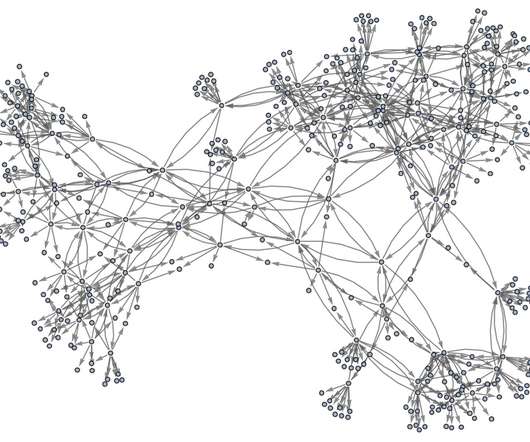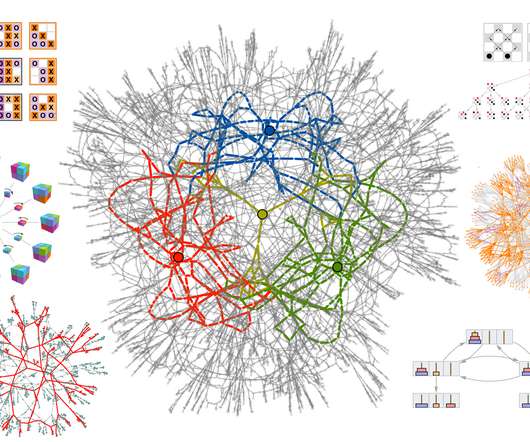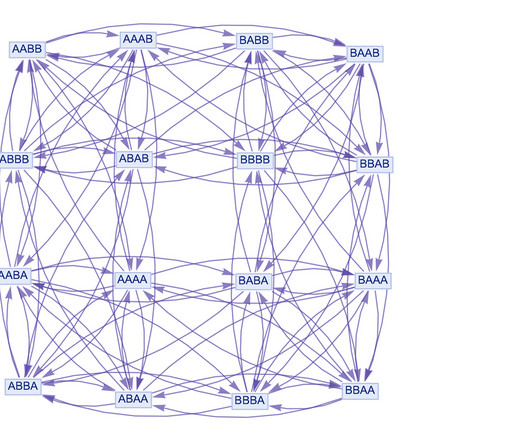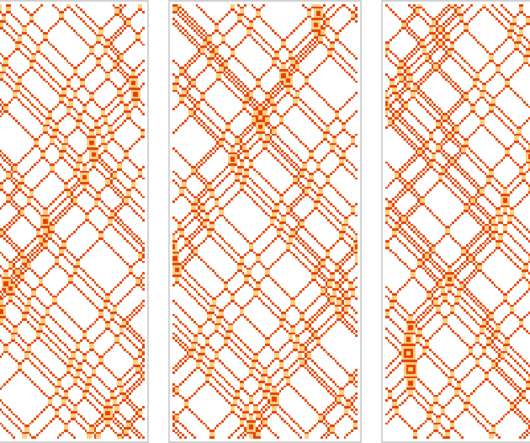The Physicalization of Metamathematics and Its Implications for the Foundations of Mathematics
Stephen Wolfram
MARCH 7, 2022
1 Mathematics and Physics Have the Same Foundations. 2 The Underlying Structure of Mathematics and Physics. 3 The Metamodeling of Axiomatic Mathematics. 4 Simple Examples with Mathematical Interpretations. 15 Axiom Systems of Present-Day Mathematics. 21 What Can Human Mathematics Be Like? Graphical Key.














Let's personalize your content